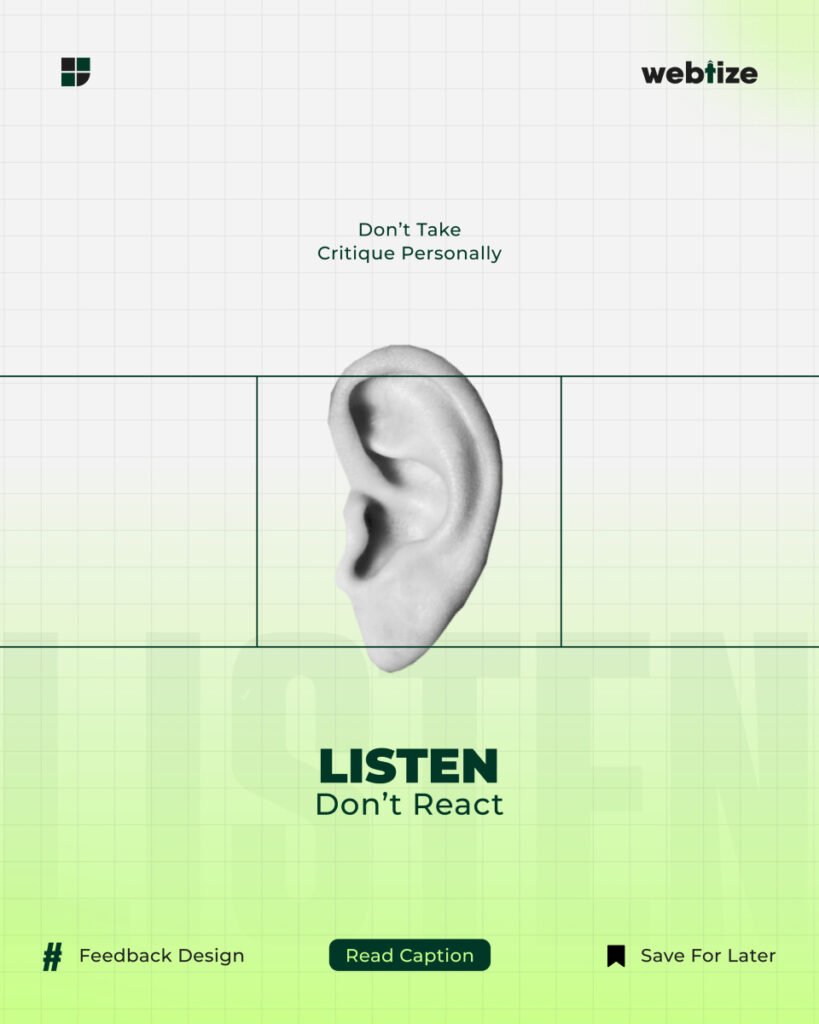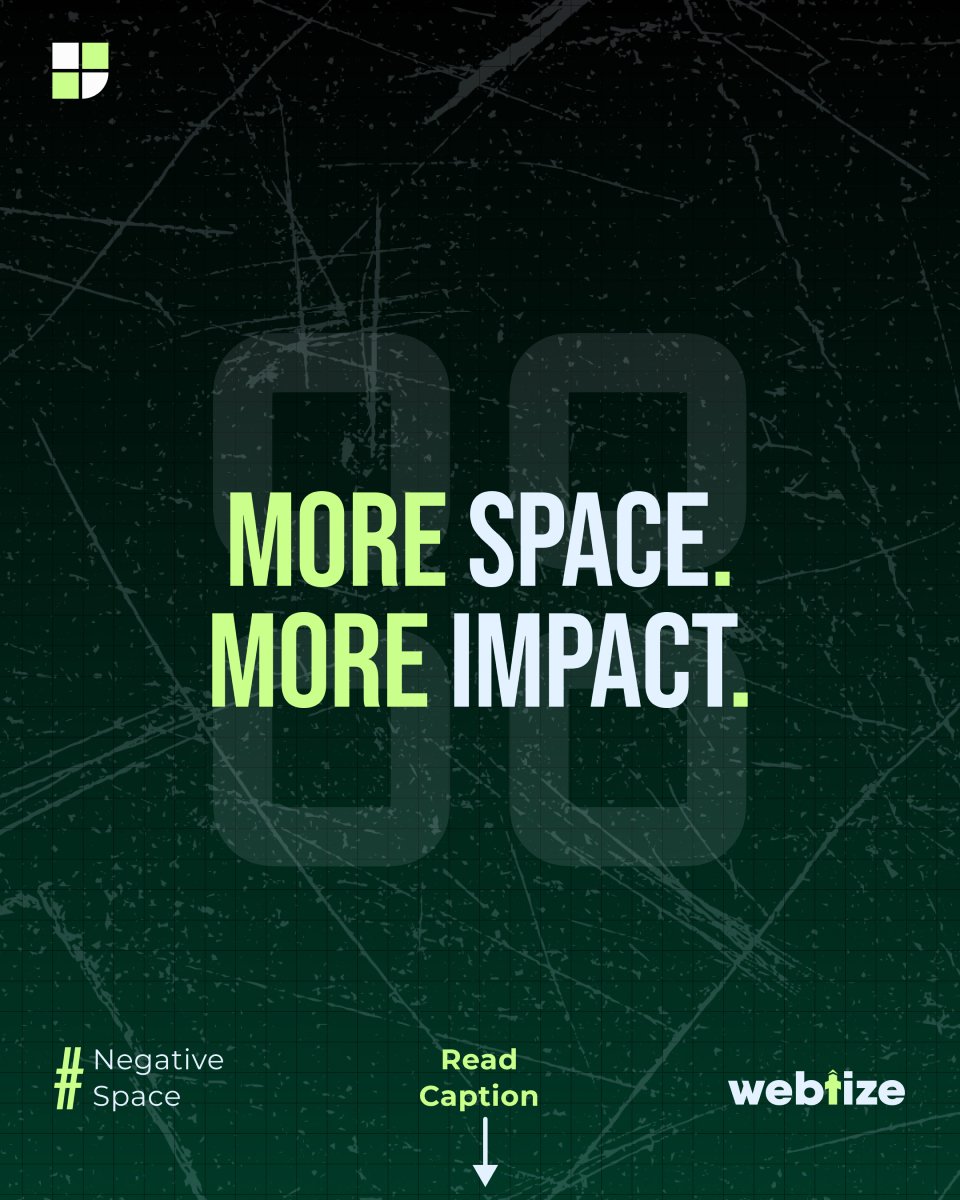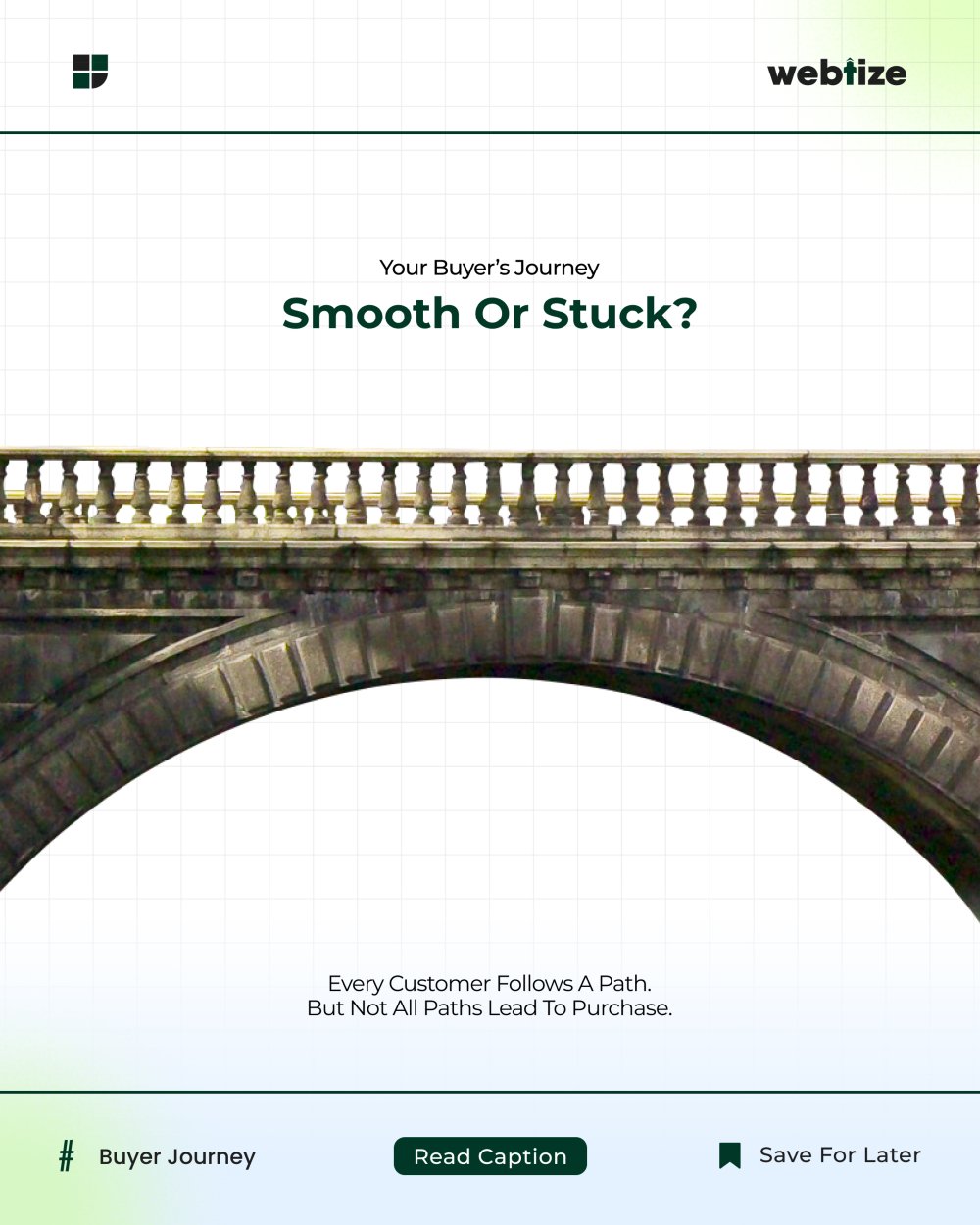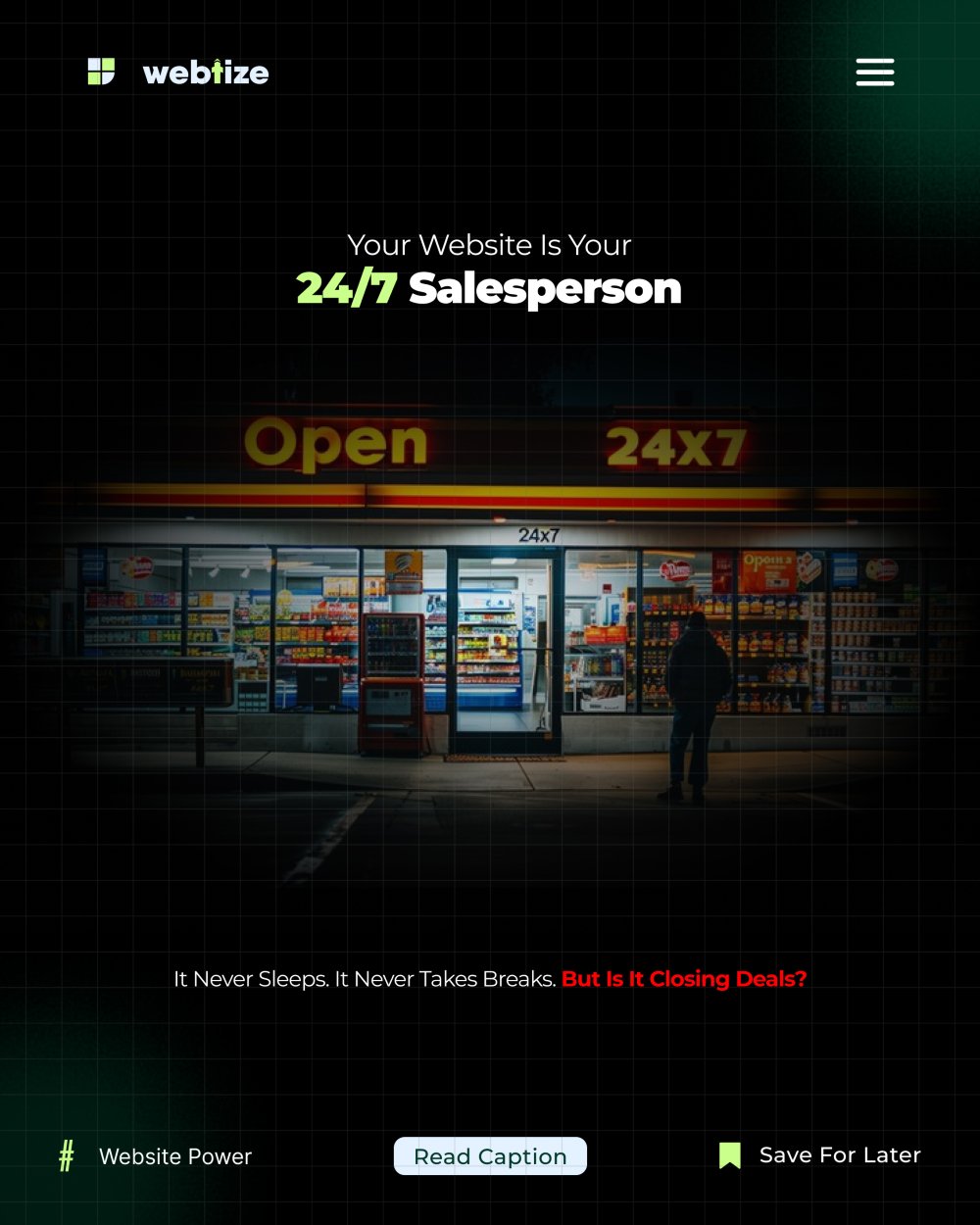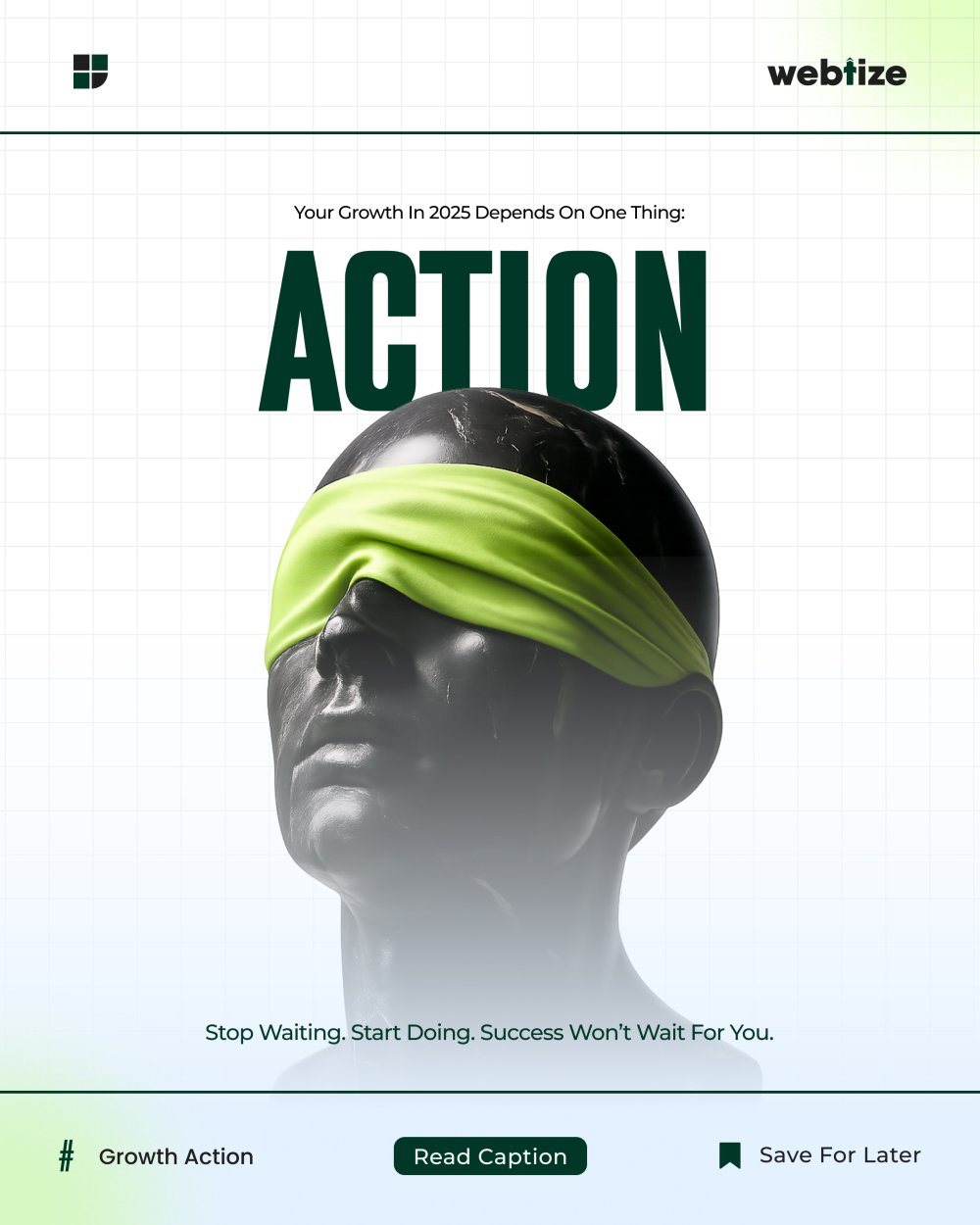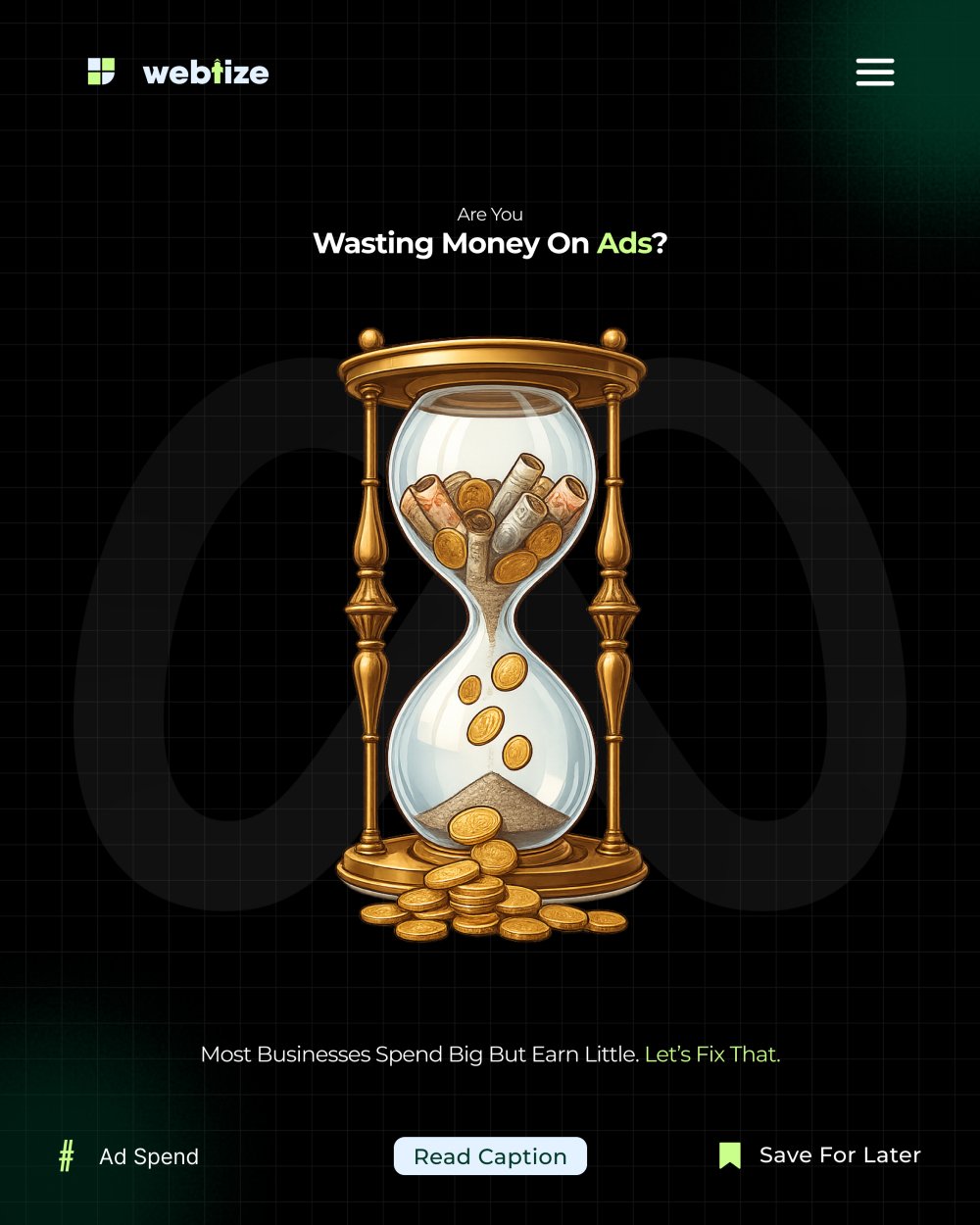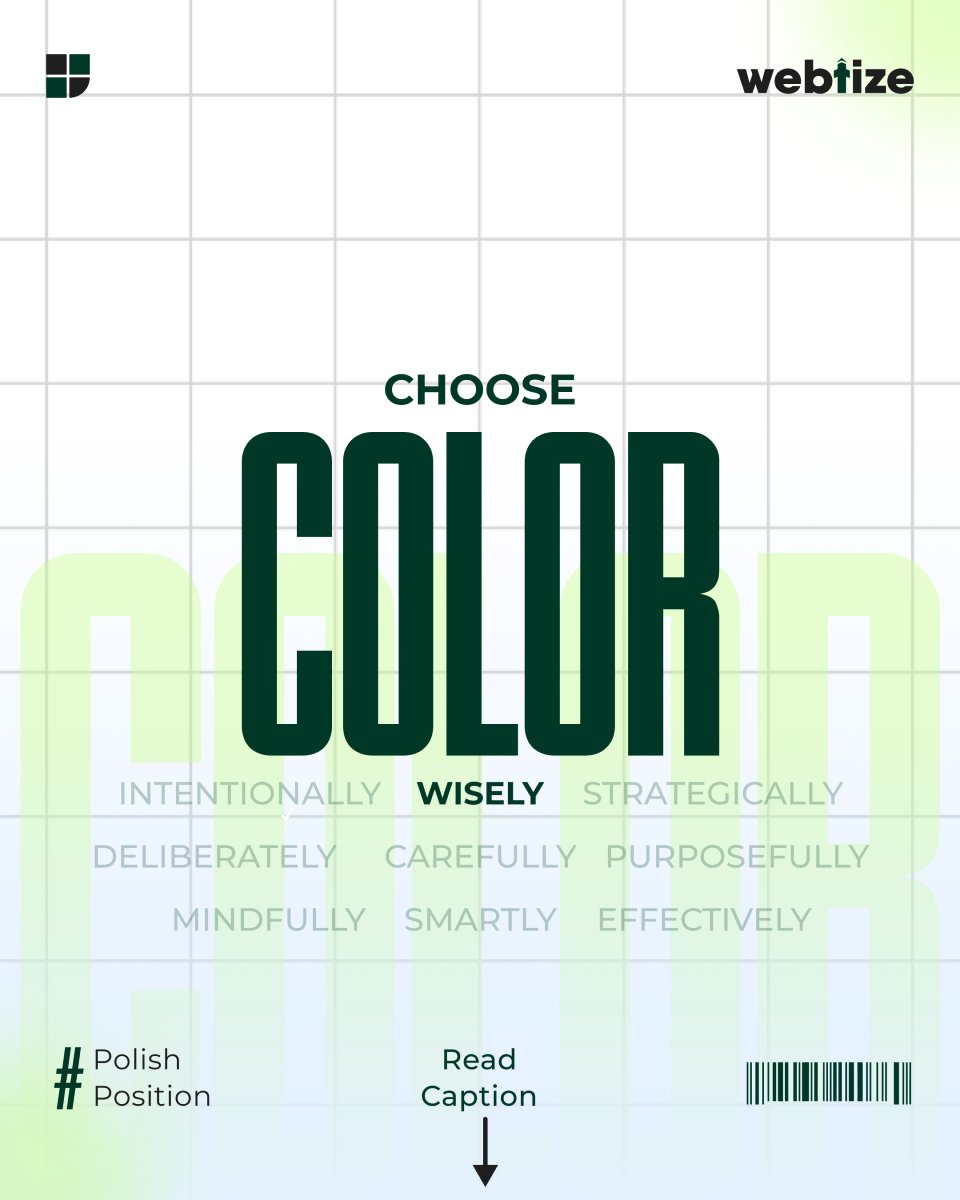Listen first. Do not react. Design feedback is not a war to win. It is a tool to refine decisions and reduce risk. When teams normalize critique as a shared practice, ideas get sharper, flows get clearer, and outcomes improve for users and the business. A critique is a group conversation with a single goal: improve the design against its objectives, not judge the designer. Nielsen Norman Group
Great teams also make feedback safe. People speak up when they believe they will not be punished for raising questions. This sense of psychological safety is a key ingredient in high performing teams and it makes critiques far more effective.
Why design feedback matters
- It reveals blind spots before they reach users
- It aligns decisions with goals, constraints, and evidence
- It speeds iteration by focusing effort on the highest impact changes
You do not have to agree with everything. You do have to hear it. The skill is learning what to take in and what to leave behind.
Principles for receiving feedback
- Separate self from work
Treat the mockup as a draft, not a verdict. Ask what problem the comment is trying to solve. - Clarify before defending
Reflect back the point in your own words. Ask for the user scenario behind it. - Anchor to goals and evidence
Reframe subjective comments as testable questions. What user need or metric is at stake. - Synthesize actions
Close the session with three buckets: do now, explore later, discard.
How to give design feedback
- Be specific
Point to a screen, state the scenario, and name the friction. - Tie comments to the objective
Start with the user task and the success criteria. - Prefer questions over directives
“What would a first-time user do here” is better than “Move this button.” - Offer evidence
Use past research, analytics, or known patterns to ground the point.
A healthy critique has structure. Share scope and goals in advance, timebox discussion, and end with a clear owner and next steps. Facilitation and checklists keep the session on track and productive.
Run better critiques with this agenda
Before the session
- Send a one-page brief with problem, users, constraints, and open questions
- Attach the latest prototype or link and note what kind of feedback you need
During the session
- Restate goals and success metrics
- Walk through top scenarios in order
- Collect questions on a shared board
- Prioritize the most impactful items
After the session
- Publish a short summary with decisions and owners
- Log follow-ups and due dates
When conversations derail into personal taste or edge-case debates, bring the room back to the goal, the user journey, and the next decision that will unlock progress. A few facilitation tactics rescue critiques and keep them useful.
A simple design feedback framework
Use this two-loop approach to keep feedback actionable and measurable.
Loop 1. The critique loop
- What is the user trying to do
- Where does the flow slow down
- Why is it happening
- Next step you will test
Loop 2. The validation loop
Tie changes to a metric you can observe. The HEART framework maps goals to user-centered metrics: happiness, engagement, adoption, retention, and task success. Pick the one that fits the problem and track it through the next release.
What to keep and what to leave behind
Keep feedback when it aligns with user goals, is backed by evidence, and is inexpensive to test. Park feedback when it conflicts with the objective or requires a full redesign for minimal gain. Discard feedback when it is pure preference with no tie to user tasks.
Common anti-patterns and fast fixes
- Ego as a shield
Replace “I disagree” with “Which user case does this help” - Bikeshedding
Park color and microcopy if the flow has bigger risks - Solutioneering
Ask for the problem first, then explore options - Pile-on criticism
Limit turns and let quieter voices speak
A named facilitator, a short scope, and a predictable format prevent most of these issues.
Measure the impact of design feedback
- Task success and time on task for key journeys
- Adoption of a new feature after a refinement pass
- Retention or repeat use for flows improved through critique
- Qualitative happiness via short in-product prompts
These metrics show whether the feedback changed outcomes, not only layouts. Use a dashboard per product area so the team sees progress over time.
Put it to work this month
Week 1
Create a critique cadence. Pick a day and stick to it. Share a one-page template for presenters.
Week 2
Train facilitators. Practice clarifying questions and summarizing decisions.
Week 3
Instrument your next iteration with a HEART metric and a clear hypothesis.
Week 4
Run a short readout. Share what changed, what improved, and what you will try next.
Work with Webtize
If you want a feedback system that improves speed and quality, Webtize can help. We set up critique rituals, write the facilitation guide, and connect design changes to measurable outcomes. Learn more at https://webtize.co/ and reach the team at https://webtize.co/contact/.

